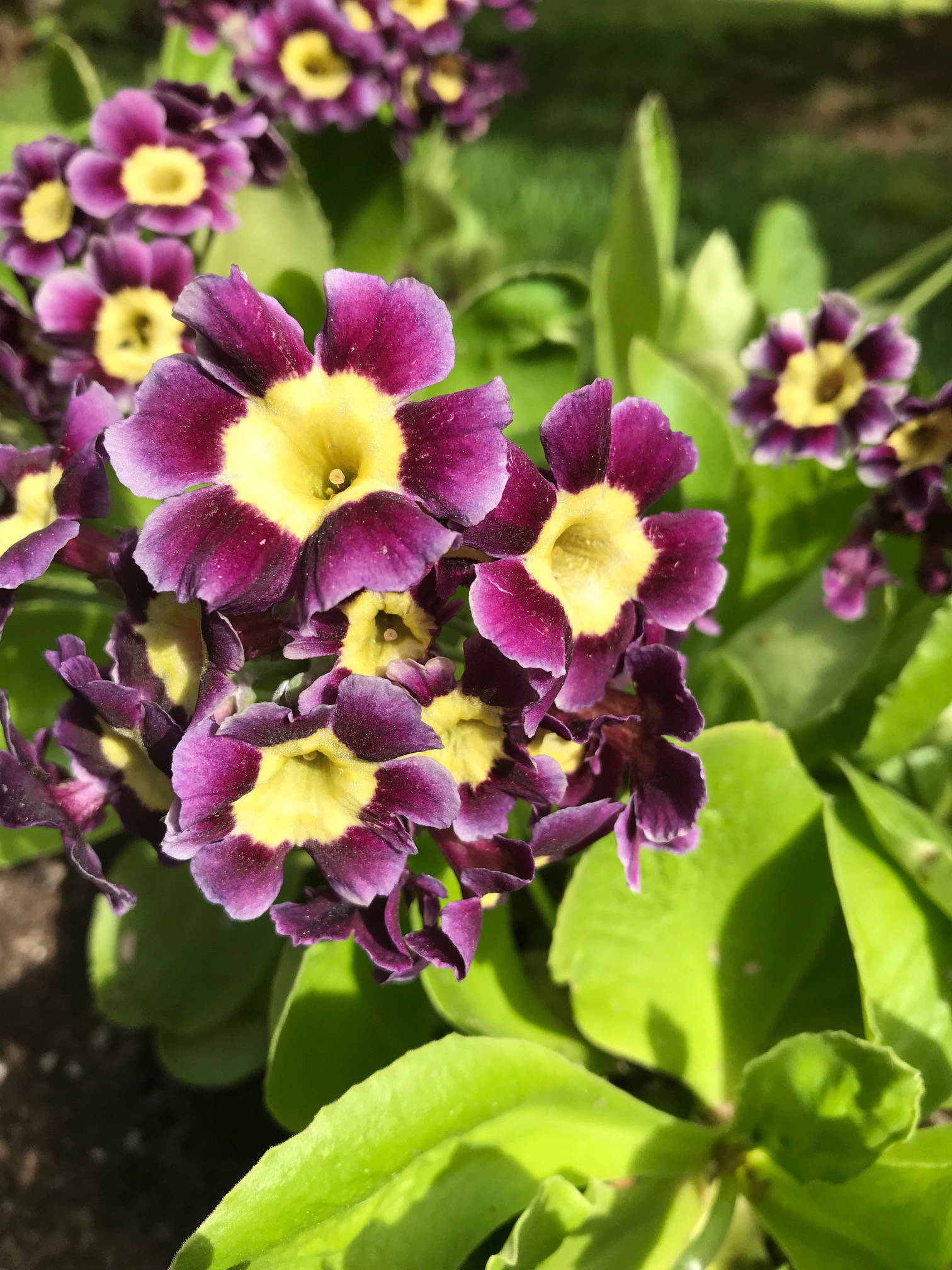Wouldn’t you think I would be an inveterate reader of prestigious garden books? Those tomes written by the great English designers at whose altars we bow on bended knee? Think Penelope Hobhouse, Rosemary Verey, Gertrude Jekyll.
No. Not me. Too lofty, too grand, too much in need of a crew of gardeners to implement the vision. My level of enthusiasm has been ratcheted back to practical.
That mighty stack of inspiration took a trip to the Homer Public Library Annual Book Sale several years ago. Taking up space. In need of dusting. Not much use at latitude 59 degrees north.
So here comes friend Judy Flora with a slim book (111 pages) titled “Some Flowers,” by Vita Sackville-West, written in 1937 (printed and bound in Spain, of all places. Who knew?). My first thought was “here we go again, a new way to examine my failure in the garden.”
On the contrary. A cup of tea and an hour or so later I had read it cover to cover. Joy.
Sackville-West’s premise was to select 25 of her favorite flowers, give a description, a little history and a few pointed growing instructions. Here is where I discovered why my primula auricula, which I brought down from the previous garden 20 years ago, are failing. At first I thought they are just old. But no, not really. According to her they are in “thin” soil, need to be uprooted and replanted after they have bloomed. Thy will be done.
I can’t have just any auricula. They need to have a deep plummy bloom. This color is what ties them to the interior of the house. The seed packet is always and forever “mixed” and, believe me, there are some not so lovely colors in that mix. The thought of going through the effort to start the seeds and grow the plants to maturity and end up with the “wrong” color does not appeal.
I was dazzled by that bit of information but there is more to come. Cheddar Pinks are a little dianthus that I adore. But I can’t get them to survive more than two years. I throw spruce boughs on them (my version of mulch), honestly, I do what I can but they just insist on dying. Lo, Sackville-West lets it be known that when planted in garden soil they will last but two years. Which is exactly where I want mine to be – at the edge of the perennial borders. They prefer a meager existence among rocks. There. They are a snap to start from seed and her suggestion to start a packet every two years is music to my ears.
This little book is a treasure that will not turn up at the book sale.
The idea of tying the interior of the house to the garden is not new, but it certainly has been fun. From the color of the walls to the African violets on the window sills to the color of the Adirondack chairs on the porch to the perennial beds to what used to be a meadow of fireweed (now pushki). It just pleases me to no end. Think about this as you move forward with your manageable (i.e. small) garden.
The vegetable garden got attention this afternoon. It was in need of cultivating. I like to use a hand tool called an EZ digger. Apparently of Korean origin it certainly gets the job done. The raised beds are about eight inches high. I know there are those who want them waist high. Good, go for it. Make them as high or low as you want but get them made. Raised beds make life so much easier. I can run the weed eater along the edges after the mower has made its pass and do a fast job of trimming. The vegetable garden can have a very groomed neatness to it that I find very calming. It’s a good place to go after the evening news.
Back to cultivating. I removed the floating row cover over the cole crops (broccoli, Brussels sprouts, cabbage, etc.) just long enough to break up the surface and weed, give the plants a deep watering and returned the cover. Not yet ready for these plants to be exposed to the fly that lays the egg that devours the root system.
The cover did come off the spinach and chard. They are showing promise with just a few missing in the rows. That’s why its nice to give a close inspection of what’s going on. I water with a hose and that’s another opportunity to take a good look at what’s going on in both the vegetable and the flower beds. Pay attention, you will be rewarded.
The greenhouse is taking in gallons of water. I truly believe that too much heat is the enemy of a greenhouse and all that is living within. In happy coexistence there are two pots of basil, one and only one pepper in a pot so it can be removed fast (the fear of an aphid infestation has a grip on my soul), five tomatoes and three cucumbers.
While John watches the Sunday morning political pundits I settle into the greenhouse with the colored comics, a cup of tea and the phone to call daughter Andrea. Way to go.
So get out there even for just 15 minutes, weed, water, smell, listen, put your worries aside — breathe.
Rosemary Fitzpatrick is a longtime Homer gardener and has been writing Kachemak Gardener since 1990.



